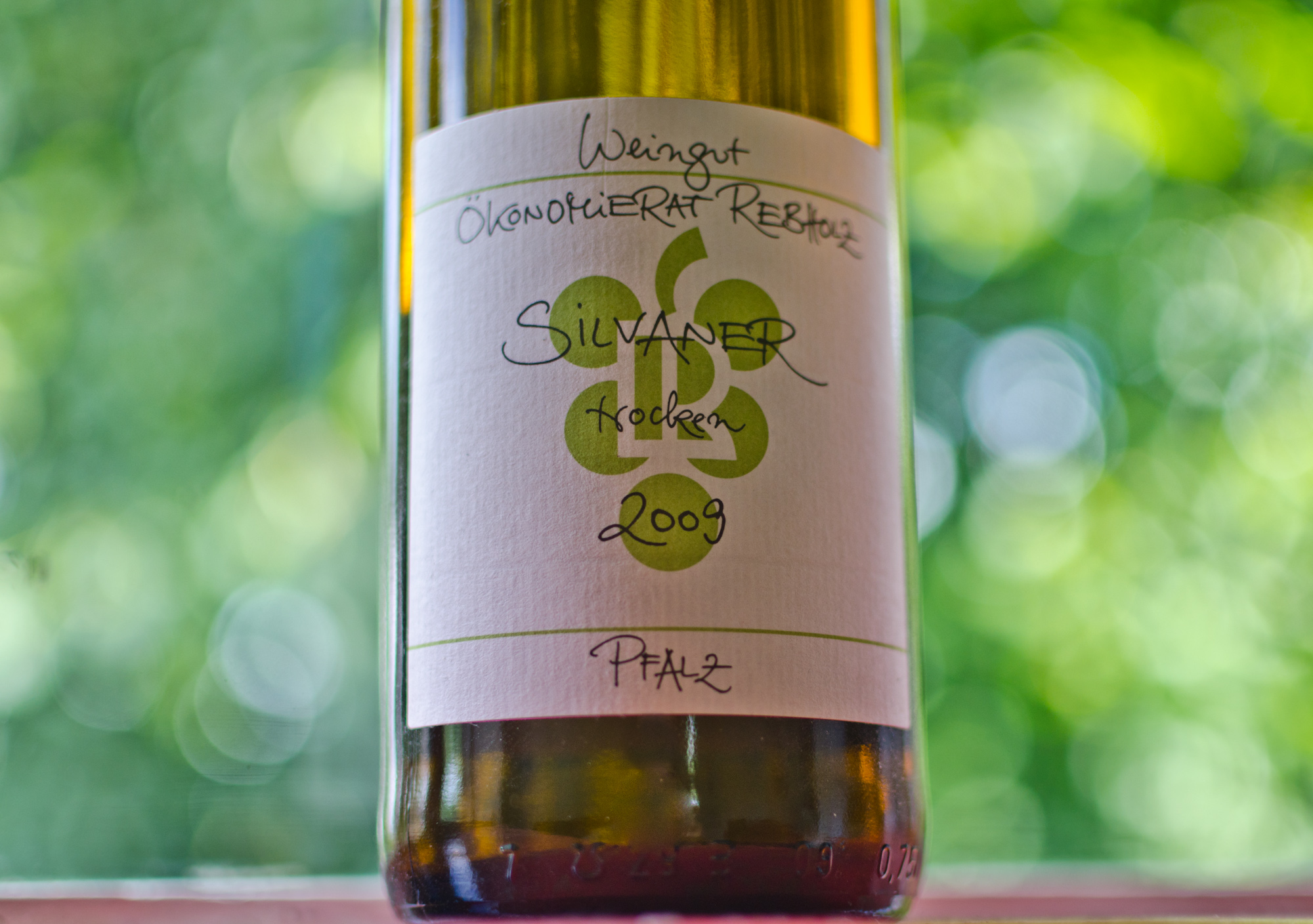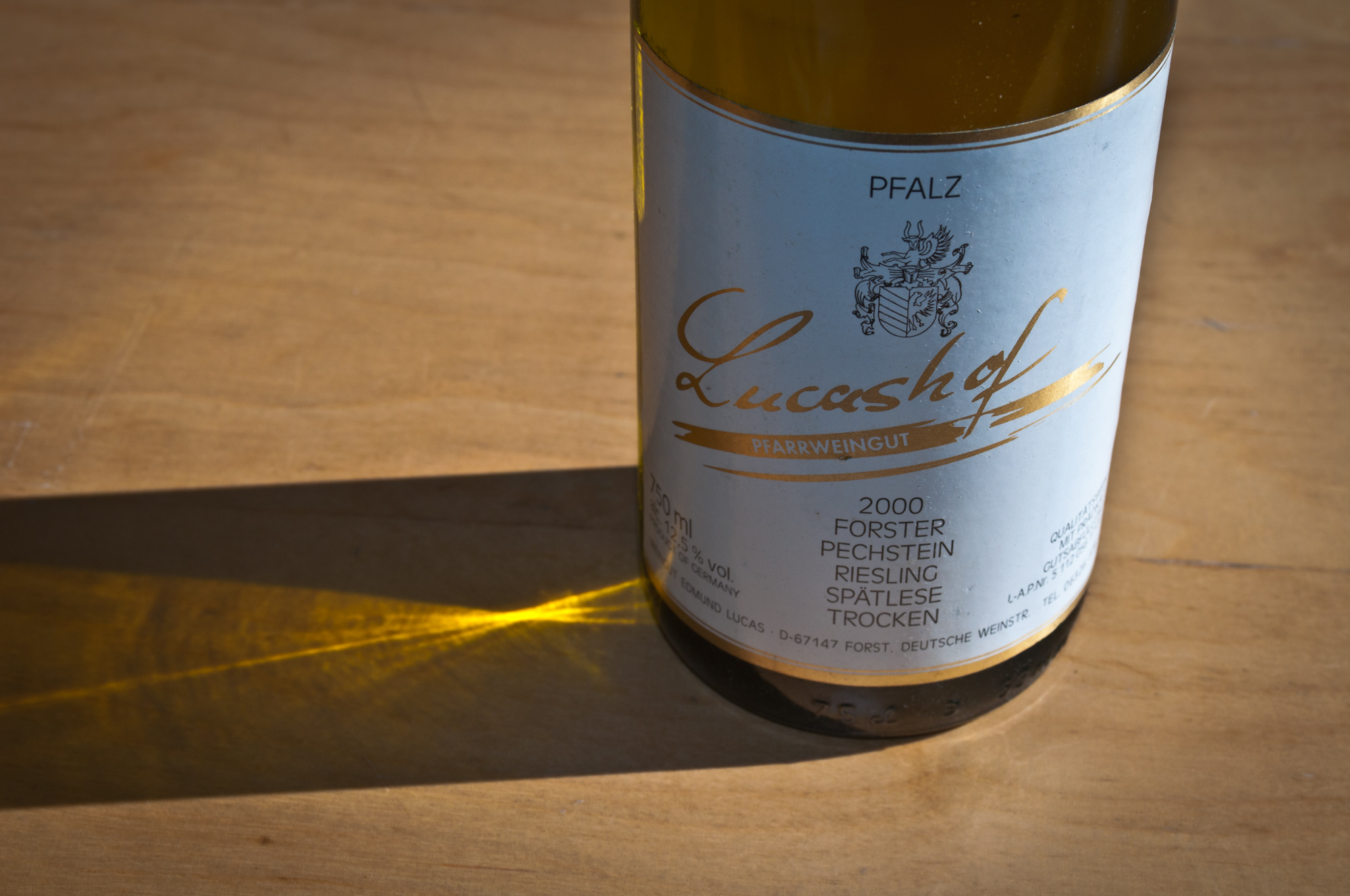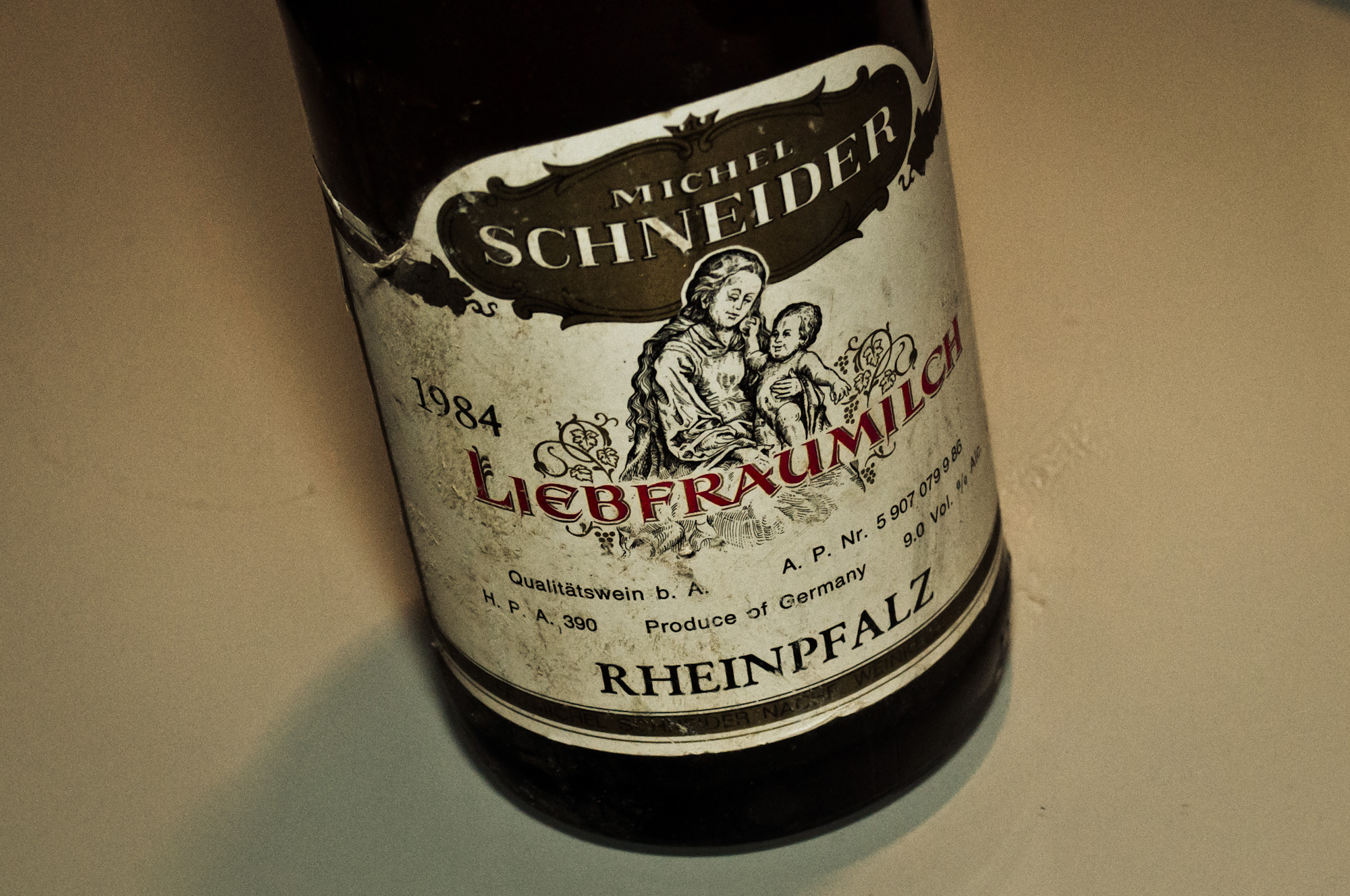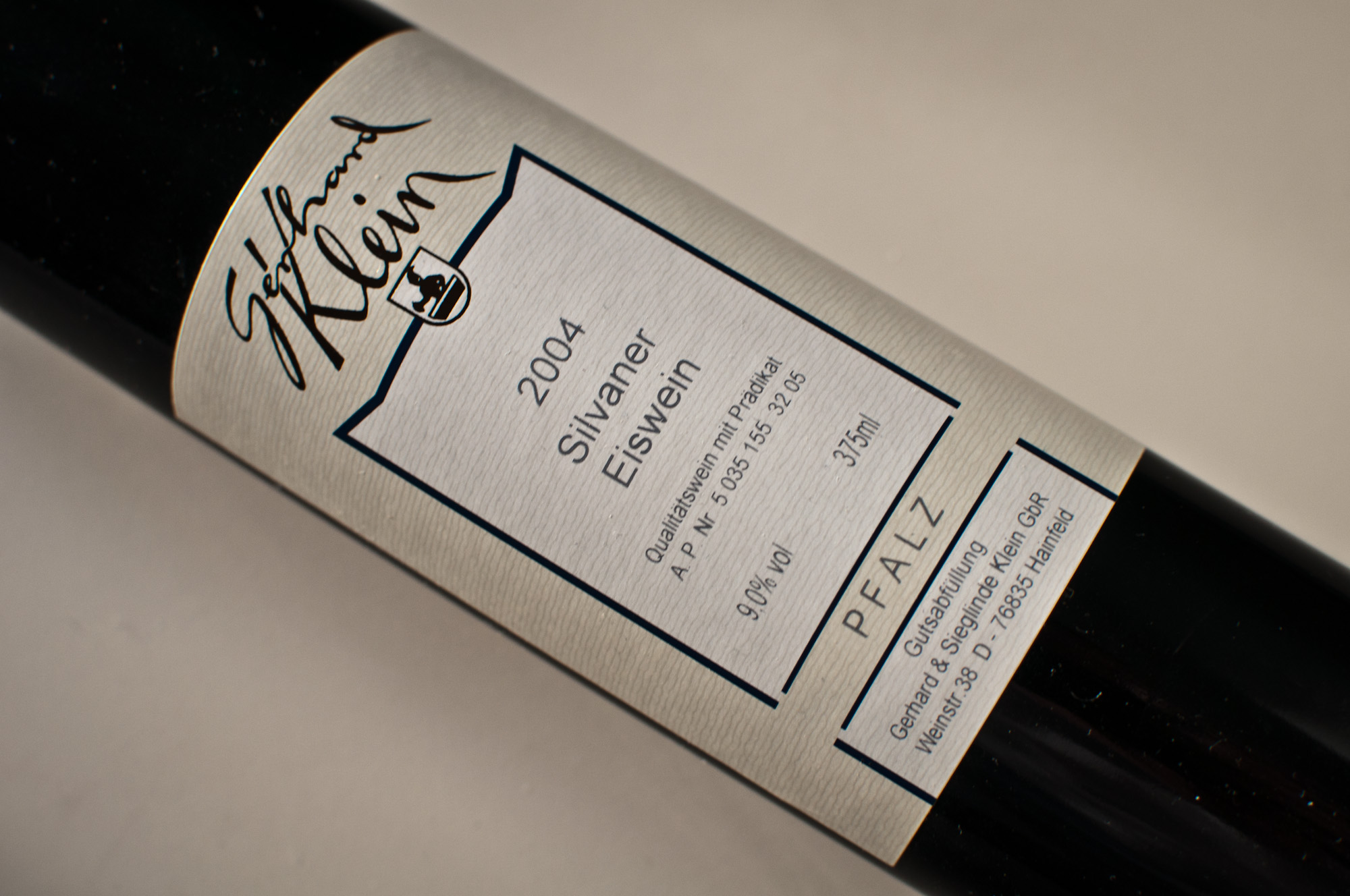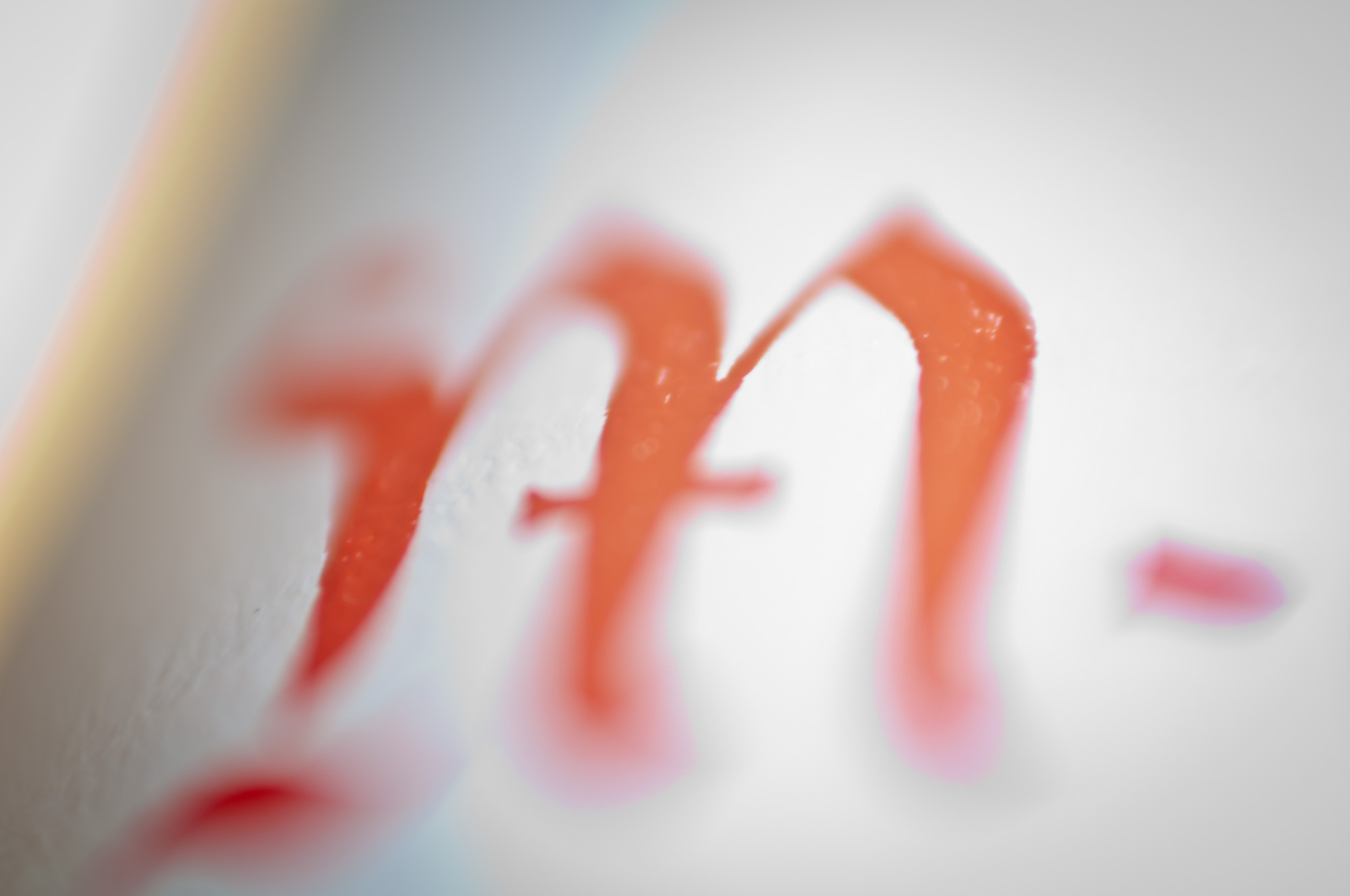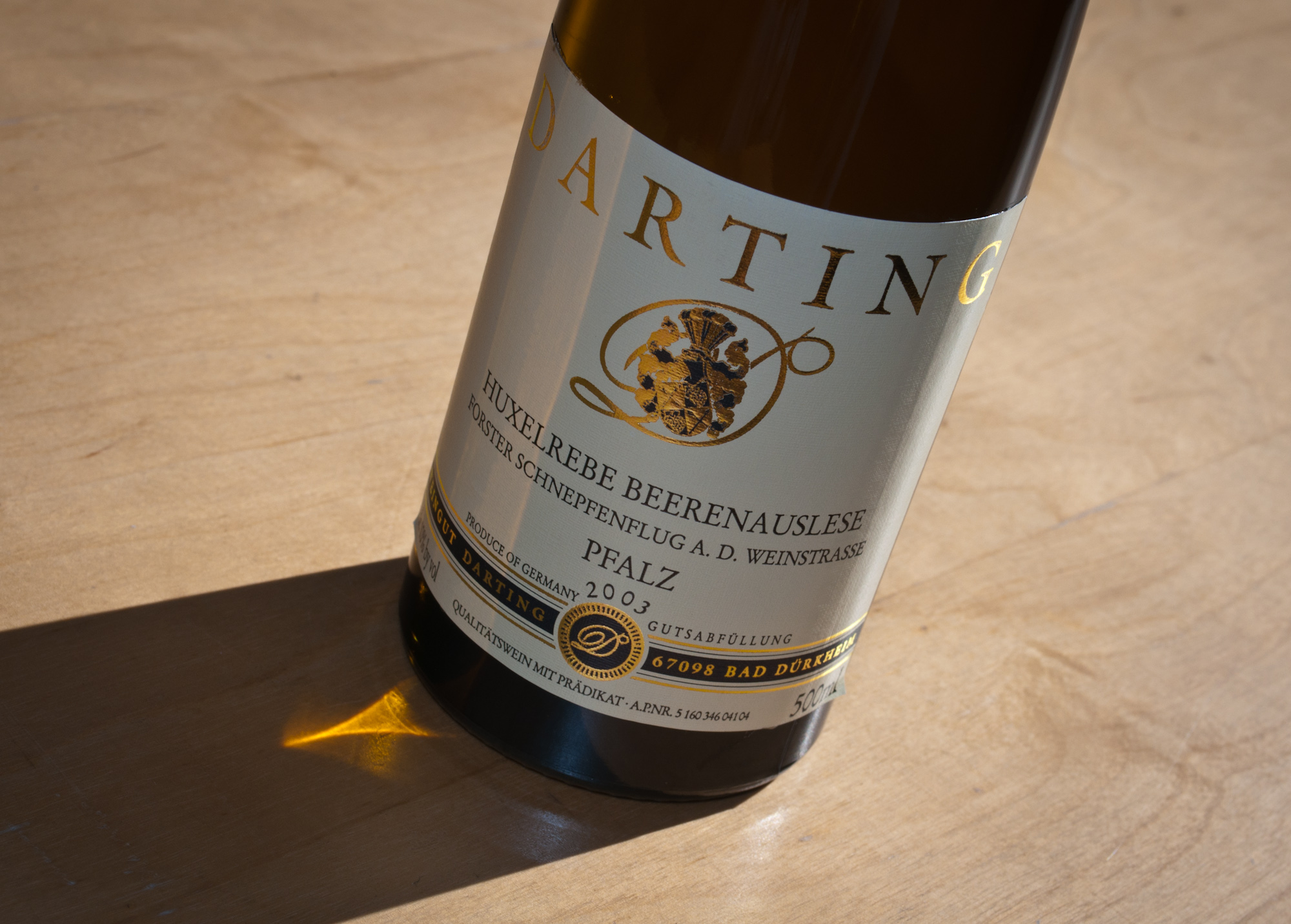Knipser, Gelber Orleans trocken, 2008
Oh no, the Wine Rambler does yet-another-of-those-obscure-German-grape-varieties, I hear you say? And the answer is, you bet! This one is very obscure indeed - now that is. In the 19th century "Orleans" was reasonably popular in Germany (where its history goes back to the 12th century), but eventually this very late ripening variety was superseded by Riesling and pretty much forgotten. So much so, that it had to be recultivated in the 1980s and there are only a few producers who grow Orleans now, and in tiny quantities.
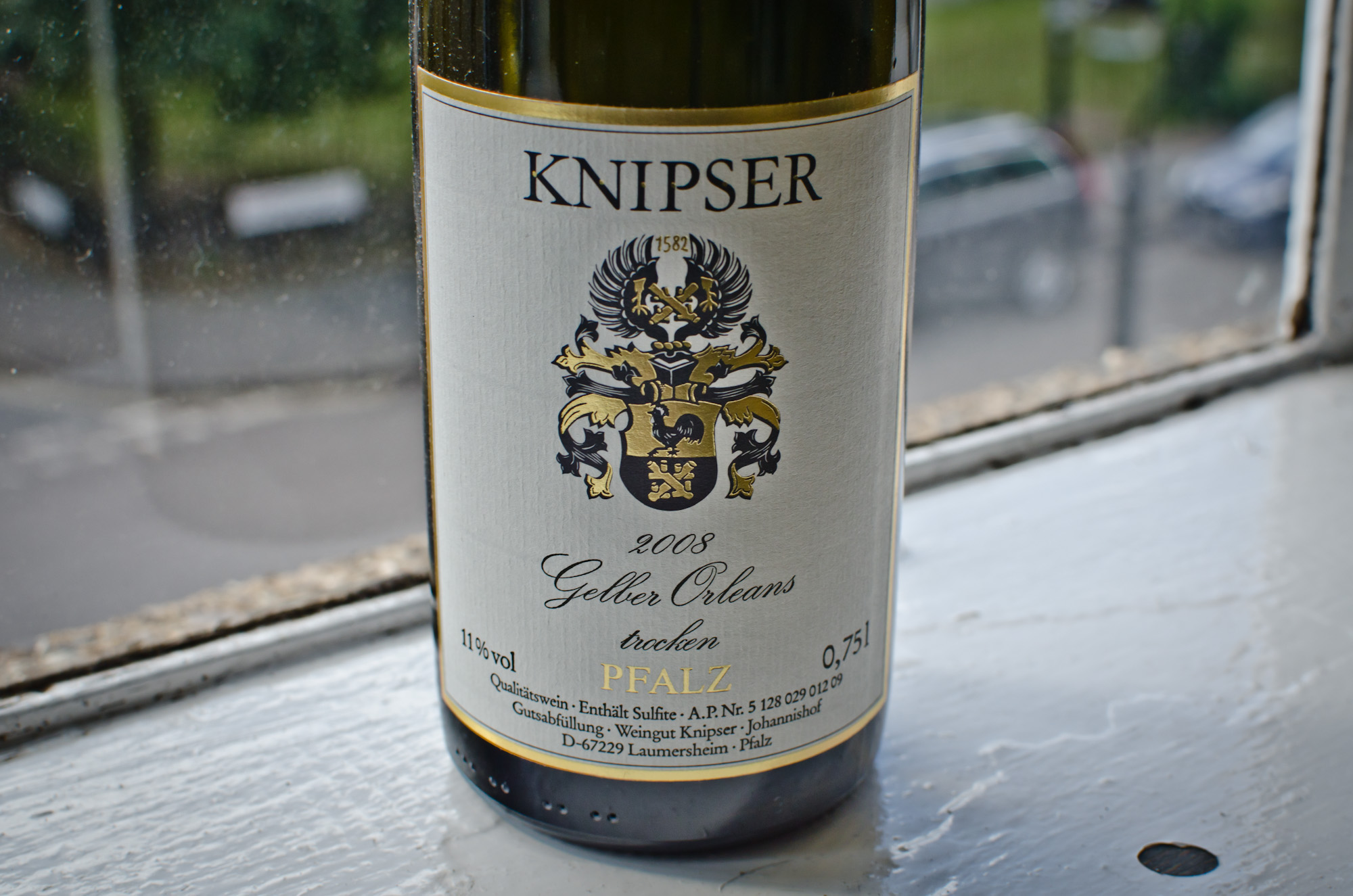
The leader of the pack appears to be the Knipser family from the Pfalz who produce both substantial Orleans in (dry) Auslese quality and lighter ones like this one. I opened the "trocken" (dry) Orleans for wine-loving English friends who had not even heard of Orleans before.

